With the current rash of violent incidents – both domestic and foreign – it’s no wonder that people’s minds turn to how they might be able to best defend themselves in a situation where their life is on the line.
And while most would agree that meeting violence with violence is no solution, it certainly seems wise to think about defense. And for many people, defense means a good knife.
If you fall into this group, then the next question becomes: what self defense knife to choose?
Luckily, there are many choices for knives that can be used for self-defense. But you must first realize a few basic, important facts about knives, and then choose the course that is best for you.
Knives Are a Tool
A knife, in the hands of responsible owner, is a tool first. It is not a weapon. Every day, millions of people use knives for what they are designed to do, which is to be a tool for (among many other things) home projects, hunting and camping.
Weapons, by their very definition, are designed for attacking or killing the opposition.
So, it’s best to know a knife well – and know how to use it and maintain it properly – rather than just running out and getting a knife with the idea you will use it for self-defense. That is more likely to lead you into more trouble than to get you out of a sticky situation.
However, for those who purchase and knife and become familiar with it, then there are many different knives that can be used tactically – including to protect yourself.
Some Choices on a Self Defense Knife
There are essentially three different kinds of knives most associated with self-defense.
Folding knives. These knives, obviously, are the kind in which the blade folds into the handle. They have been an important tool for many centuries. These days, a well-designed folder has an easy-opening mechanism, ergonomic handles and multiple blade surfaces.
Fixed blade. These type of blades don’t fold and can range in size from small concealed knives (the type most typically consider for carrying) to tomahawks (used primarily in throwing competitions). These knives are typically seen as more sturdy and cover a wide variety of uses, from combat knives and boot knives to hunting knives and throwing knives.
Compliance tools. These do not have blades that cut, but are worth mentioning when it comes to self-defense. The tools are meant to strike and inflict pain on an opponent without cutting or being lethal. They can range from tools made of polymer to aluminum practice knives.
It’s important for you to check out all the different types of knives because ultimately the one you pick will be the one that is most comfortable for you. The opinions of others will be rendered meaningless when you pick up the knife that you instantly know you will be comfortable with.
A Word On Training
Knives, as mentioned, are tools. It’s important to think of them that way first and foremost. Deciding to use a knife in self-defense means that others – including law enforcement – will be looking closely at exactly why and how you wielded a knife against someone else.
With that in mind, it’s important to get training on how to use a knife for self-defense. Arm yourself with knowledge so that if you do find yourself in the unfortunate circumstance of having to use your knife to protect yourself, you will know what to do.
Keep all of this in mind when thinking about a knife for self-defense and you will be wiser both in making your choice of knife and also knowing when and how to use it.


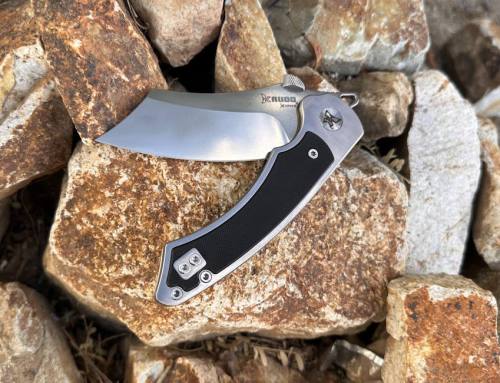
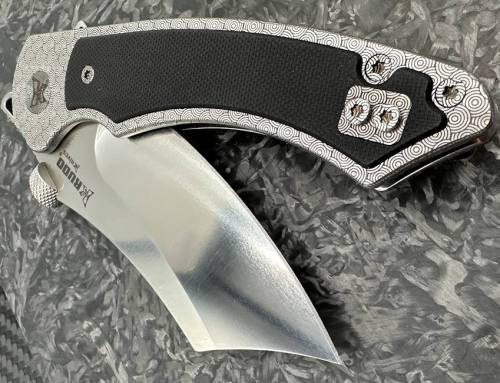
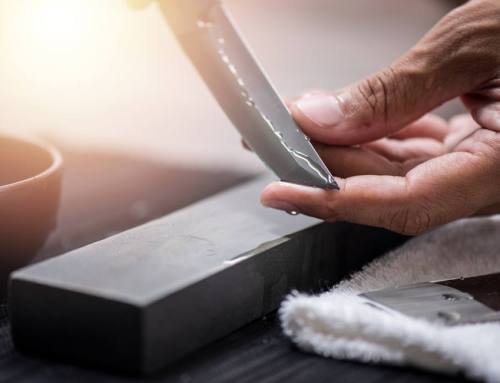
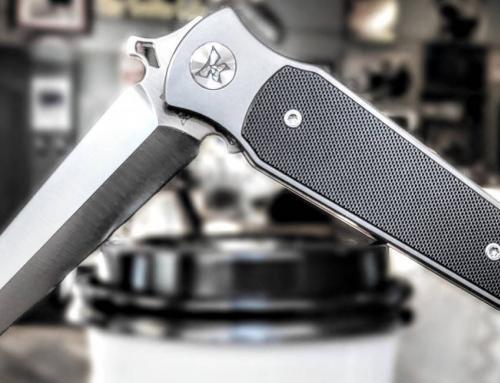
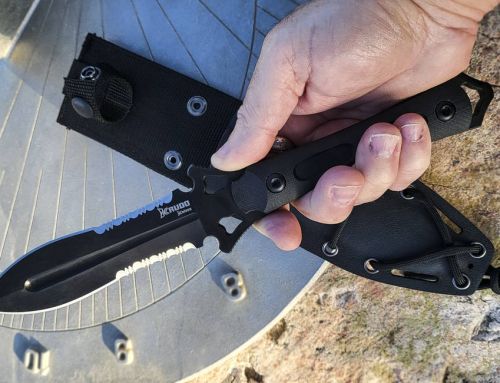
Very informative for self defense. But we should know the knife carrying law for that region as well. Thanks.